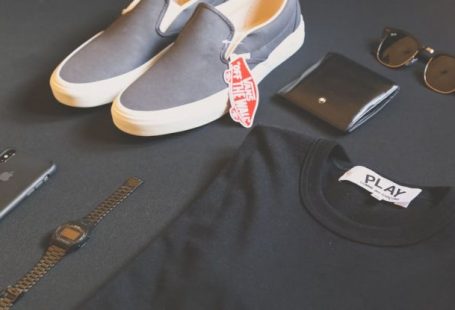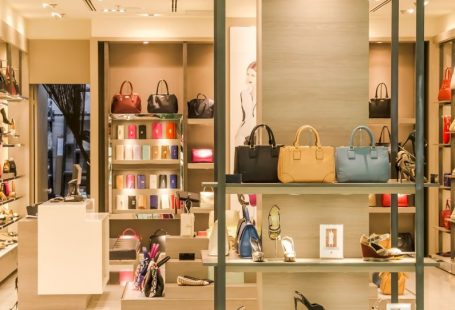Fashion has always been a dynamic and ever-evolving industry, with trends coming and going at a rapid pace. For many, investing in fashion may seem like a glamorous and potentially lucrative venture. However, like any other investment, there are risks involved that investors should be aware of before diving in headfirst.
## The Fickle Nature of Trends
One of the primary risks associated with fashion investments is the fickle nature of trends. What may be considered fashionable one season could easily fall out of favor the next. Investing in a specific trend or designer carries the risk of becoming outdated or irrelevant, leading to potential losses for investors. It is essential to stay ahead of the curve and constantly adapt to changing consumer preferences to mitigate this risk.
## Market Saturation
The fashion industry is highly competitive, with new brands and designers entering the market regularly. This saturation can make it challenging for investors to stand out and attract consumers to their products. Investing in an oversaturated market increases the risk of facing stiff competition, potentially leading to lower profit margins or even financial losses. Conducting thorough market research and identifying niche opportunities can help mitigate this risk.
## Economic Factors
Fashion investments are also susceptible to economic factors that can impact consumer spending habits. During economic downturns or recessions, consumers may prioritize essential purchases over luxury items, leading to a decline in demand for fashion products. Investing in fashion during uncertain economic times can be risky, as sales and profits may fluctuate unpredictably. Keeping an eye on economic indicators and consumer sentiment can help investors navigate these challenges successfully.
## Counterfeit Goods
The prevalence of counterfeit goods in the fashion industry poses a significant risk to investors. Counterfeiting not only undermines the value of authentic products but also affects brand reputation and consumer trust. Investing in a brand that is vulnerable to counterfeiting can result in financial losses and damage to the brand’s image. Conducting thorough due diligence on the authenticity and integrity of a brand is crucial to avoid falling victim to counterfeit schemes.
## Sustainability and Ethical Concerns
In recent years, there has been a growing emphasis on sustainability and ethical practices within the fashion industry. Investors are increasingly scrutinizing brands’ supply chains and production processes to ensure they align with their values. Investing in fashion brands that engage in unethical practices, such as exploitative labor or environmental degradation, can lead to reputational damage and financial repercussions. Prioritizing sustainable and ethical investments can help mitigate these risks and appeal to socially conscious consumers.
## Conclusion: Mitigating Fashion Investment Risks
While fashion investments offer the potential for high returns and creative expression, they also come with inherent risks that investors must navigate carefully. By staying informed about industry trends, conducting thorough market research, and prioritizing sustainable and ethical practices, investors can mitigate many of the risks associated with fashion investments. Understanding the dynamic nature of the fashion industry and being prepared to adapt to changing conditions are essential for success in this competitive market.





